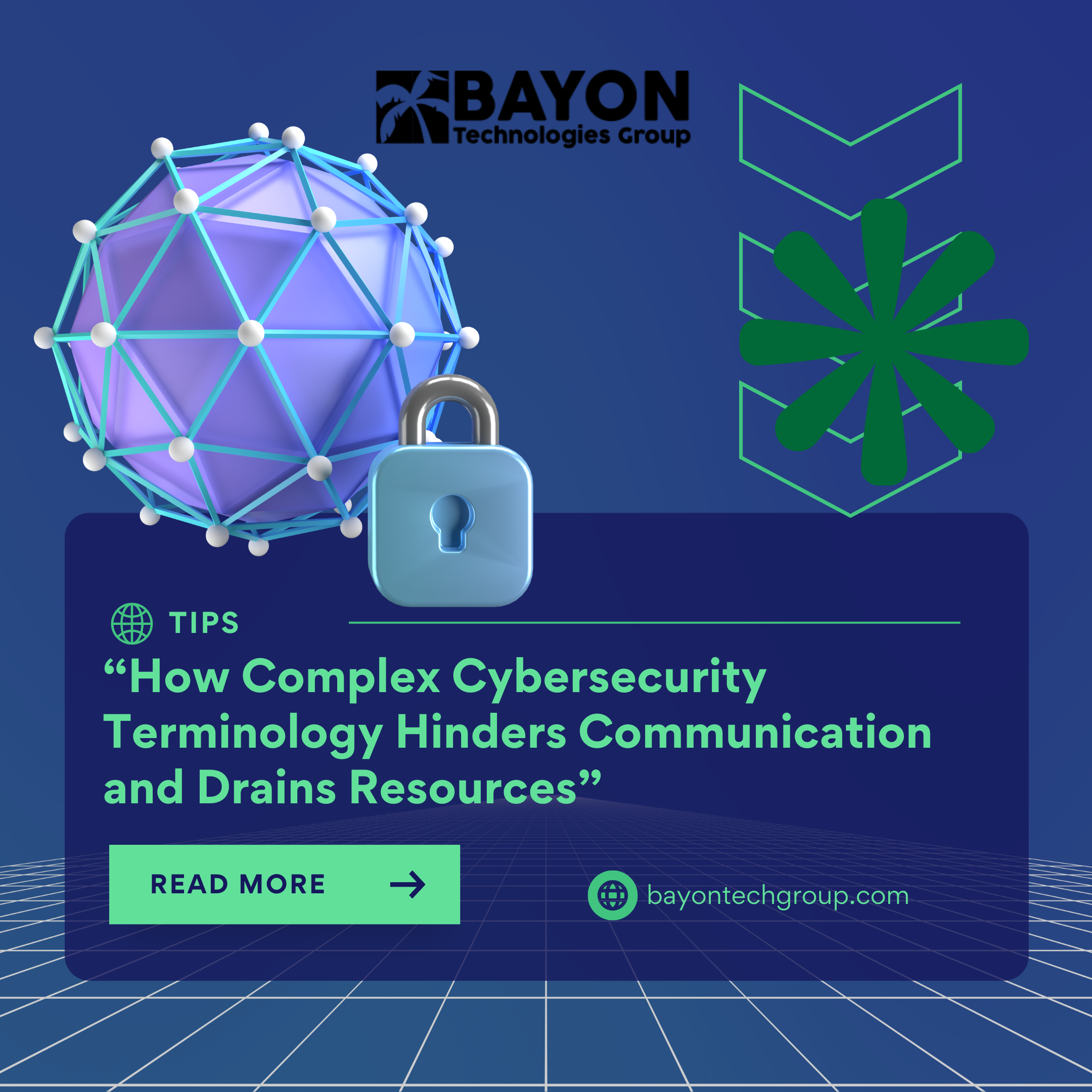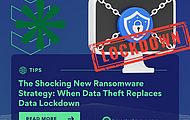How Complex Cybersecurity Terminology Hinders Communication and Drains Resources

The cybersecurity industry is thriving, growing 20% year-over-year, and promising enhanced productivity and protection. However, a significant challenge continues to hinder its progress: the overuse of complex jargon and acronyms. This reliance on technical language alienates key stakeholders, wastes valuable resources, and creates barriers to effective communication. To truly secure our systems and enable innovation, the industry must adopt a more inclusive, clear, and actionable approach to communication.
Acronyms: A Hallmark of Complexity
Acronyms have become synonymous with cybersecurity communication, often creating more confusion than clarity. Terms like "SAST" (Static Application Security Testing) or "CNAPP" (Cloud-Native Application Protection Platform) describe tools by what they are rather than what they do. For those outside the technical realm—or even many developers—this adds unnecessary cognitive load, making it harder to focus on critical security tasks.
The frustration extends to boardrooms, where decision-makers are tasked with allocating resources but may not understand the true purpose or value of security tools. Asking a CEO for funding to implement a "CNAPP" is far less effective than explaining that the tool will help protect cloud infrastructure. Miscommunication at this level leads to underfunding of security teams and increased vulnerability to attacks.
Breaking Down Barriers with a Common Language
The root of this issue lies in the industry's tendency to compartmentalize tools and processes into silos of technical jargon. Instead of describing tools with obscure acronyms, we should focus on explaining their functions in straightforward terms. For example:
- Static Application Security Testing can be simplified to "tools that secure our code at the source."
- Dynamic Application Security Testing becomes "tools that test applications like a hacker would to find vulnerabilities."
This approach not only improves understanding but also empowers developers to integrate security seamlessly into their workflows.
Four Pillars of Clear Communication
To create a more accessible cybersecurity environment, we can focus on four key areas, explained in plain language:
- Securing Source Code: Protect everything written in code, including infrastructure as code, by writing secure code from the start.
- Protecting Runtime Applications: Use tools like fuzzing and API testing to safeguard applications while they’re running.
- Securing Cloud Environments: Ensure the infrastructure that supports applications is well-protected.
- Managing Supply Chains: Secure dependencies, open-source components, and third-party elements to prevent breaches.
By framing security in these terms, we can demystify the process and foster a culture of inclusivity.
The Value of Clarity
Clear communication is more than a courtesy—it’s a necessity. Acronyms and jargon waste time and obscure the real purpose of cybersecurity efforts. Shifting to plain language can reduce cognitive load for developers, improve communication with leadership, and ensure security receives the funding and attention it deserves.
As former Ubisoft CISO Jason Haddix aptly noted, breaking down technical terms into accessible language is a critical skill for success. The future of cybersecurity depends on creating a culture of clarity and inclusivity—one that respects developers’ time and enables effective communication across all levels of an organization.
By simplifying our language and focusing on what tools and processes actually do, we can unlock the full potential of cybersecurity and ensure its role as a cornerstone of modern business success.
Secure Your Business with Bayon Technologies Group, we specialize in offering tailored cybersecurity solutions to protect your business from evolving threats. Ready to safeguard your business? Contact us today for a comprehensive assessment and see how we can enhance your cybersecurity infrastructure!
‹ Back







